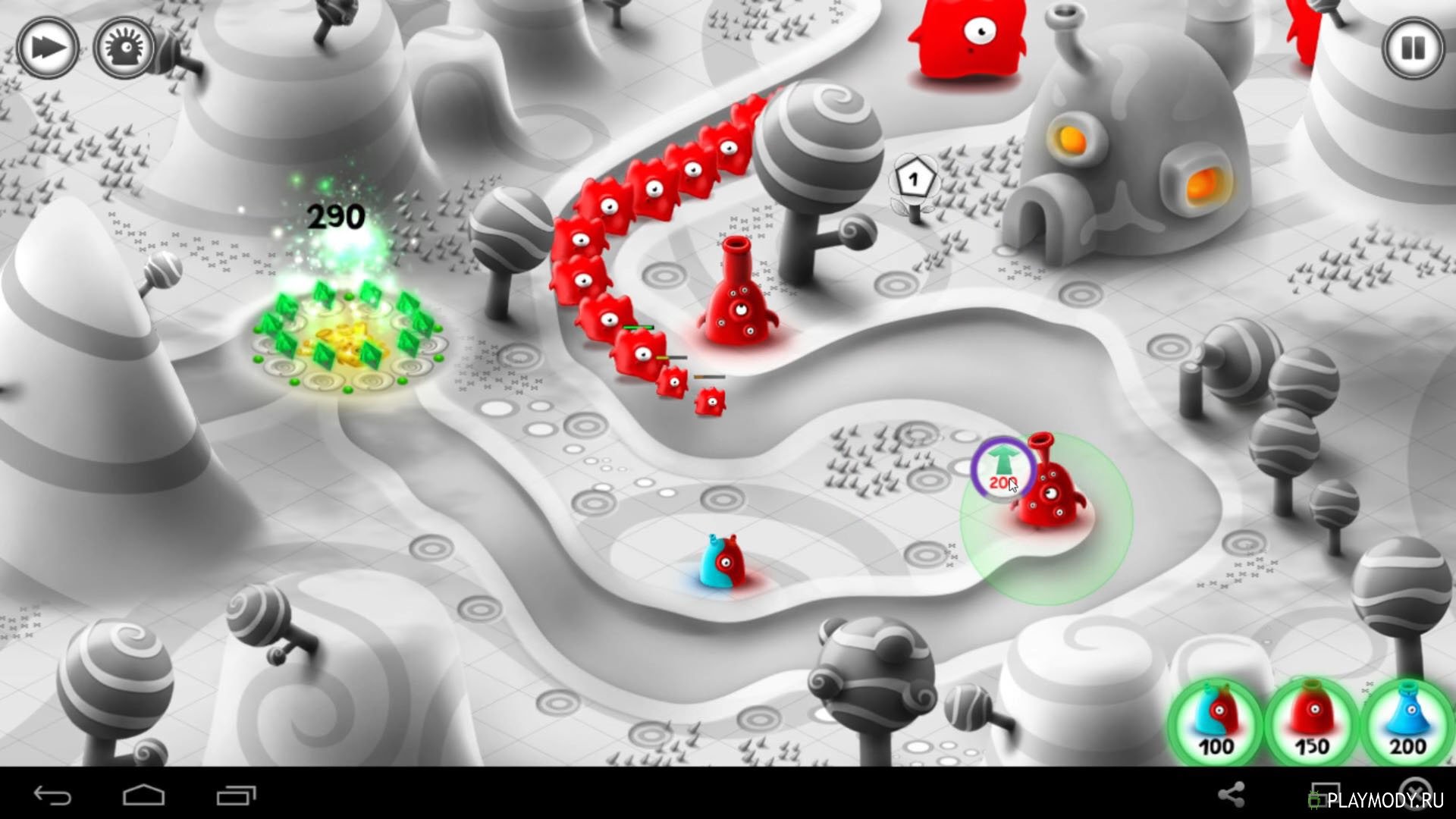


Cyber Command and the National Security Agency. military’s only four-star intelligence officer is Gen. “We as an Army tend to put intel officers primarily in intel positions,” said Potter, the two-star leader of her service’s intelligence center of excellence. Cyber Command, typically go to officers plucked from the military’s combat arms career fields, which were generally opened to women only during the Obama administration. defense secretary.) Those posts, with the exception of U.S. Only one woman has been named a combatant commander, the four-star officers who sit atop the chain of command and answer directly to the defense secretary. There has been only one female director for intelligence at the Office of the Joint Chiefs of Staff: Elizabeth Train, now a retired rear admiral. troops in Europe, now commanding general of the Army Intelligence Center of Excellence and its home base of Fort Huachuca, Arizona.īut there also appears to be a limit to their successes. Laura Potter, once the top intelligence officer for U.S. Strategic Command, now the commander of the Office of Naval Intelligence Rear Adm. Central Command, or CENTCOM, which oversees American troops in the Middle East, before becoming the deputy director of intelligence for national security partnerships. Gibson was the intelligence director, or J2, at U.S. During 2019, women held the senior intelligence post at five of the military’s 11 combatant commands. Now, Gibson and O’Brien are at the top of their fields, and they are hardly alone. “I could apply my critical-thinking and problem-solving skills.” Mary O’Brien, deputy chief of staff for intelligence, surveillance, reconnaissance and cyber effects operations, the Air Force’s intelligence chief.

“Thirty years ago, intelligence seemed like one of the only career fields open to me where I could focus on my cognitive strengths without having to engage in the physical-strength debates that were going on at the time, as they were debating opening up other combat-oriented career fields to women,” said Lt. Either way, they seized an opportunity to be on equal footing with their male counterparts. Others saw intelligence as the right fit for their skills. Some, like Gibson, might have wanted to try to qualify for the military’s elite forces, like the Army’s Rangers. In the 1980s and 1990s, they said, intelligence was a field where they felt immune from the women-in-combat controversy, and could compete on their own merits. RELATED: No Turning Back? First Woman Makes Army’s Elite 75th Ranger Regiment RELATED: Read excerpts from the interviews. All five were deeply positive about their experiences in military intelligence, even as they detailed instances of sexism and discrimination, the challenges posed by relationships and families, and the occasional difficulty of finding a bathroom on deployment. Their answers reflected a mix of broad institutional trends and personal preferences. We asked why they chose intelligence as a career field, what institutional challenges and opportunities they faced along the way, and why some of them say they’ll likely never reach the highest military echelons: combatant commanders and Joint Chiefs of Staff.įrom left, Lt. But some three decades after they joined the service, there still appear to be a few glass ceilings yet to crack.ĭefense One spoke to five women in senior intelligence posts. Today, Gibson and other female colleagues hold many of the top jobs in military intelligence. “It was an area where the sharpest women could excel, because we weren't allowed to go to infantry, or armor, or real artillery units.” “It struck me that I could get closest to war-fighting as a woman by choosing this field,” said Gibson, a former deputy Director of National Intelligence. In the days before the Defense Department began opening more combat roles to women, it was the best way to get close to the action. Karen Gibson was a young Army officer, she made a choice that many of her female colleagues were also making: she decided to go into intelligence.


 0 kommentar(er)
0 kommentar(er)
